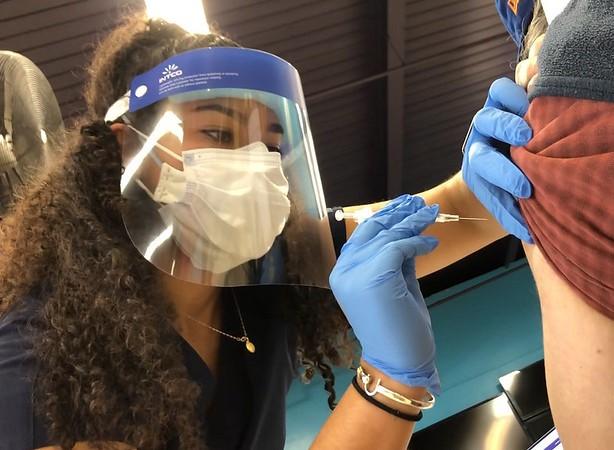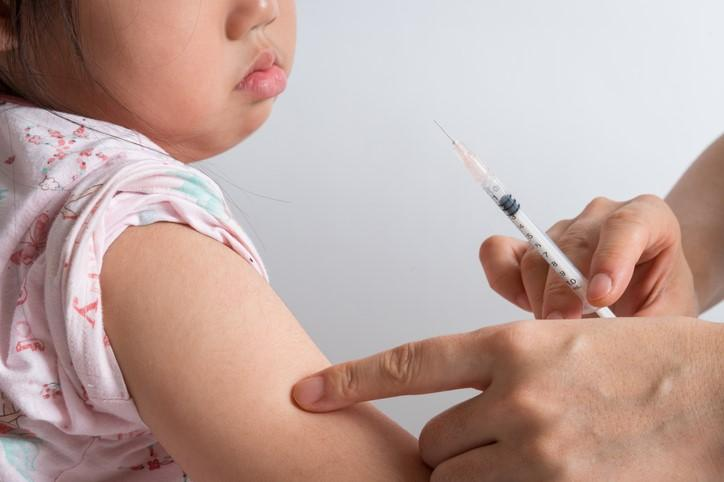The World Health Organization (WHO) technical advisory group on COVID-19 vaccine composition met last week to review the latest SARS-CoV-2 genetic changes and assess if any vaccine changes are needed, and today the group recommended sticking with the current monovalent XBB.1.5 antigen.

Their advice came with caveats about knowledge gaps about efficacy of the current vaccines, genomic surveillance, and aspects of immune response apart from neutralization antibody titers. The group currently weighs in on vaccine composition twice a year. In its last meeting in May, it recommended use of a monovalent XBB lineage vaccine antigen such as XBB.1.5.
As of December 2, XBB-descendant viruses made up 73% of sequenced viruses and are declining against the backdrop of steadily rising BA.2.86 detections, a group that includes JN.1, that currently make up 17% of samples. Scientists continue to see more evolution in the spike protein of newer XBB and BA.2.86 variants.
Serologic testing on the blood of humans who received the monovalent XBB.1.5 vaccine, with or without prior infection, neutralized XBB lineages, as well as BA.2.86 and JN.1. However, the group emphasized that there are only limited data on cross-neutralization against JN.1.
Though it recommended retaining the current XBB.1.5 vaccine strain, it said other formulations or platforms that prompt robust neutralization antibody responses to currently circulating variants, including XBB and BA.2.86 lineages, can also be considered. And the committee encouraged scientists to collect more data on XBB.1.5 vaccine immune response and clinical endpoints, strengthen surveillance regarding emerging variants, and evaluate new vaccine antigens, especially ones emerging from XBB and BA.2.86 lineages.



.jpg)









